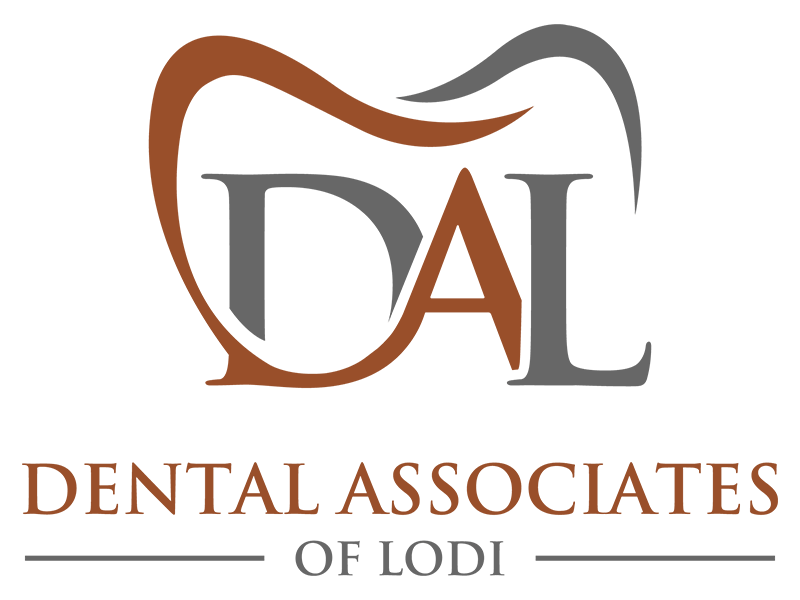Dentists Near Saddle Brook, NJ
Consisting of one of the oldest municipalities in Bergen County west of Saddle River, patients from Saddle Brook can take the Main Street exit from US-46 East. Once you make the left towards Main St, you will see the Shoprite of Lodi Grocery Center. We are located within the same parking lot.
What Our Patients Are Saying…
My experience at Dental Associates of Lodi was one of the best dental experiences I have ever had, and unfortunately I’ve had a lot. The dentist and his staff are so welcoming and caring they completely make you feel right at home and besides that they do an unbelievable job! I had a couple crowns put in with some other work and I could not be more happy and pleased with the outcome. I completely 100% recommend them if you’re looking for a great dentist! Heather P.
Dental Associates of Lodi
ADDRESS
147 Main Street, 2nd Floor
Lodi, NJ 07644 Click for Directions
PHONE
Tel: 862-247-8030 | Fax: 862-247-8032
HOURS
Monday | 9:30am - 3pm
Tuesday | 9:30am - 5pm
Wednesday | 9:30am - 7pm
Thursday | 9:30am - 6pm
Friday | Closed
Every Other Saturday | 8:30am - 1pm
Sunday | Closed
Request an Appointment

Frequently Asked Questions
What is cosmetic and restorative dentistry?
The goal of our Saddle Brook, NJ restorative dentistry practice is to restore health to damaged teeth, but many restorative dental procedures improve appearance as well. A dental crown, for example, is an aesthetic solution for a decayed tooth when it is fabricated with a tooth-colored material like porcelain. Although there are times when gold or metal alloys may be necessary, we strive to perform restorative treatments that look natural and blend in with the rest of your smile.
What happens when you get a crown?
When you get a dental crown, the first step is getting impressions made to help us replicate the form and function of your natural tooth. Next, your tooth is prepared by removing all areas of decay and damage. Another set of impressions is taken to ensure that your crown fits securely onto your prepared tooth. After your crown has been fabricated, it is bonded onto your tooth.
Do dental bridges look natural?
Today’s dental bridges look more realistic than ever. Advanced technology and tooth-colored porcelain materials mean that your dental bridge can blend in seamlessly with your remaining natural teeth. No one will know you have a dental bridge unless you tell them.
How painful is a dental implant?
There is no pain involved in the dental implant procedure, as we make sure the area where we’re working is numb before we place your implants. Afterwards, you may experience some tenderness and discomfort at the surgical site, but over-the-counter pain relievers and cold compresses are usually enough to take the edge off.
Should I get a bridge or implant?
Dental implants are a better solution than bridges for most patients because they are more stable, last longer, don’t damage abutment teeth, and they can prevent and reverse bone loss in the jaw. If three or more adjacent teeth are missing, consider an implant-supported bridge, which uses two dental implants for support rather than placing crowns on adjacent teeth.
Can I get my teeth pulled and dentures in the same day?
It’s generally not recommended to get permanent dentures the same day that your teeth are extracted. It’s important to wait for swelling to go down and for your ridge to heal before fabricating dentures. A temporary set of dentures, also known as immediate dentures, will be given to you while you wait for your mouth to heal.
Should you fix cavities in baby teeth?
Yes, cavities in baby teeth need to be filled. It’s a common misconception that cavities in baby teeth don’t matter, but decay can spread to other teeth and even permanent teeth. It can also cause a great deal of pain for children if left untreated.
Why is it important to get your teeth cleaned?
Plaque is a precursor to cavities. When plaque builds up on teeth, it eventually hardens into a substance called tartar. Plaque and tartar harbor bacteria and release acid into the mouth; the acid weakens enamel, making it easier for bacteria to penetrate and cause decay. Tartar cannot be brushed, flossed, or rinsed away—it can only be removed by a professional dental cleaning.

